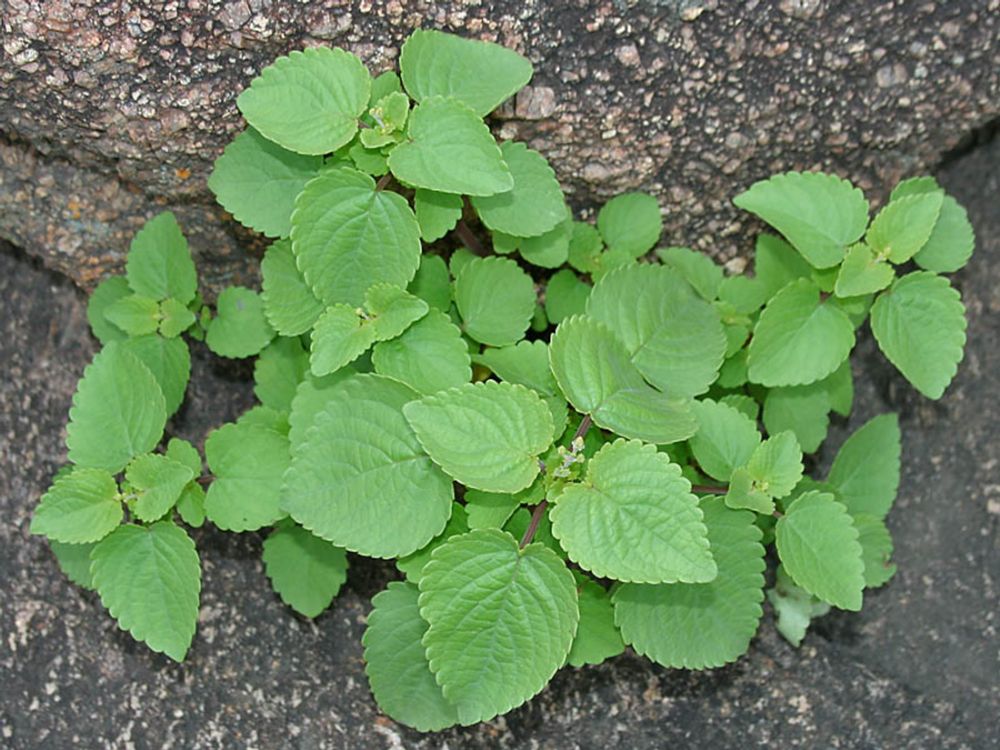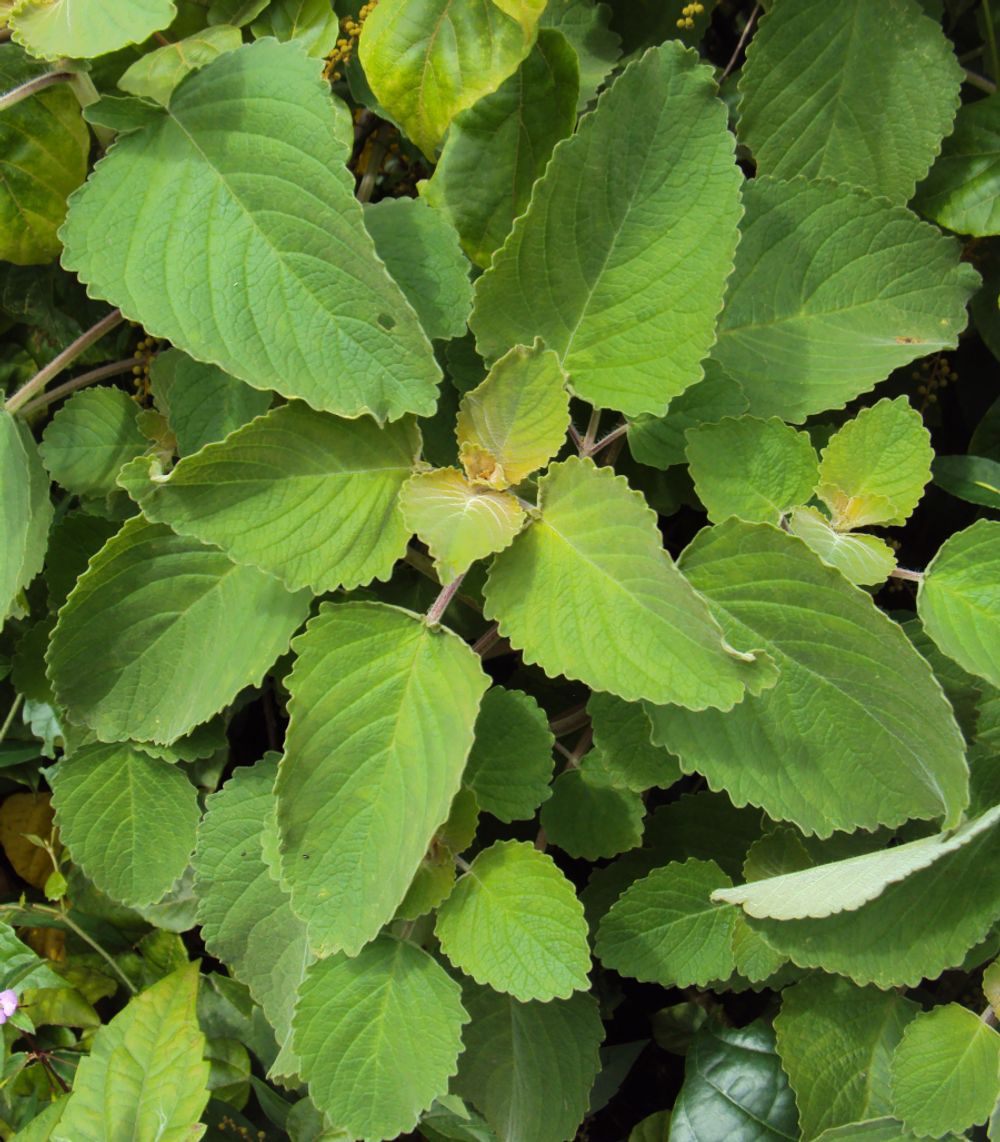

How to use remarkable Anisochilus carnosus to boost immunity?
Indian habitant Anisochilus Carnosus wall is an annual shrub found in the high-altitude regions of Tamil Nadu, Karnataka, Kerala, Andhra Pradesh, Maharashtra, Rajasthan. The plant has interested researchers because of its potency towards various pathological conditions.
India’s biodiversity offers an impressive deal of opportunities in health and allied sciences. In India, forests are the principal repository of the diversity of medicinal plants, and the knowledge about the use of medicinal plants has gained through centuries and valued as the best.
Nature contributed plenty, and they are used to humankind since its existence and herbs as a medicine since ancient practice.
Medicinal plants are the richest bio-resource for drugs within the normal system of medicines, modern medicines, nutraceuticals, food supplements, folk medicines, pharmaceutical intermediates, and chemical entities for synthetic drugs.
Since times immemorial, plants and herbs have virtually been using in all cultures as a source of medicine. The World Health Organisation has defined a medicinal plant as any herbal preparation produced by subjecting plant materials to extraction, fractionation, purification, concentration, or other physical or biological processes that may be produced for immediate consumption or as a basis for herbal products (WHO, 2000).
They use medicinal and aromatic plants on a large scale in preparing medicines against drug-resistant bacteria as they consider it as one of the most important and challenging issues for the successful treatment of infectious diseases. Medicinal plants are the major sources of alternative medicines and may make up an alternative to the usual drugs.
They have developed traditional knowledge about plants to treasure trove and cultural heritage of many countries. So, it is important to preserve and protect the traditional knowledge and establish a database of traditional medicine, as it will help to conserve and retrieve the information for the future of humankind.
Benefits of Anisochilus Carnosus
Anisochilus carnosus wall belonging to the family Lamiaceae may be a plant that’s widely used in folk medicine for treating eczema, cold, cough, and fever.

There are unique names for the Anisochilus carnosus.
Sanskrit: Aja pada, induparni, karpuravalli, utpalabheda
English: thick-leaved lavender
Hindi: panjiri-ka-patta
Telugu: adusapundlaaku, karpuravalli, omamuaku, pindi bonda, ritchu rodda, rogachettu, saraguduganapa
Marathi: kapurli, panjiri
Konkani: savirsambara
Tamil: karppura-valli
Malayalam: kaattukoorka, karpuravalli, mathilkkoorka
Kannada: doddapatre, karpurada gida, karpuravalli, kuruvelu-balli, patri gida

When we rub the leaf it emanates a strong, sweet, and aromatic perfume. The plant has medicinal benefits of respiratory congestion, cough, cold, liver problems, and skin.
Most of the houses in Tamil Nadu have the plant in their homes. It is natural for them to get a remedy because of this plant whenever someone has a cold or cough. Especially, for infants, they never go to hospitals, but if they feel the infant is having a cough or cold immediately, they pluck the leaves heat it in Kadai, then take the juice from it and feed the infant. This boosts the immunity of the infant.
This procedure is normal in all households. If they find the infant has a severe cold, they also heat beetal leaves, and Tulasi with it and give the juice.
We find that tribal communities in Tamil Nadu smear the leaf paste over the affected regions for treating various skin diseases like eczema and psoriasis. This leaf also comprises plentiful secondary metabolites such as flavonoids, triterpenoids, phytosterols, tannins, and essential oils, all of which have tremendous chemopreventive, antioxidant, and anticancer properties. Researching are trying their hands in the treatment of Breast Cancer in Women.

Recently, researchers are studying its impact on tumors and found a positive note for it. They also use it as an anti-fungal agent to treat cutaneous fungal infections.
Although this annual herb grows in different regions of Hongkong, Macao, Shanghai, India, Myanmar, Sri Lanka, they have scientifically screened it for various pharmacological and biological activities.
The oil from aerial parts of the plant got after they have reported a hydro distillation to be active against different gram-positive and gram-negative pathogenic bacteria.
The plant is being used in various herbal formulations; the leaves are ground and mixed with sap of raw palm and administered to relieve intestinal colic of a newborn. Another very popular preparation got by mixing leaves in a small amount of sesame or coconut oil, the finely ground leaves together with Ocimum basilicum, Mentha piperita, and Alpinia galanga used against the symptoms of influenza, dermatitis, and the slight illness that derives from the bites of bugs.
The finely ground leaves mixed with the bulb of Allium cepa can apply to the milk-crust of a newborn to facilitate its removal and to treat cutaneous eruptions.
Plants are the natural resource of compounds that have been used to maintain human health and improve the quality of life for hundreds of years. Traditional medicine using plant extracts, herbal mixtures, and natural compounds isolated from various species of plants are still used for primary health care, despite the growth of the pharmaceutical industry.
In the present scenario, the pandemic brought again thoughts of going back to nature to bring immunity in humans. The Ayurveda has advised people to either take a steam or drink the boiled herbal water to boost immunity. The boiled water should contain Anisochilus Carnosus, turmeric, ginger, garlic, neem leaves as they find to have anti-inflammatory for the lungs, respiratory organs.
It will be wise if humans take the advice and battle the pandemic until they find a remedy, otherwise, the number of deaths increasing will never come down.
As we know the poetry of earth is never dead, only humans forget and deviate from nature. So, it is natural that they have to be pulled back by experiencing deadly unknown causalities after the path of panic.
